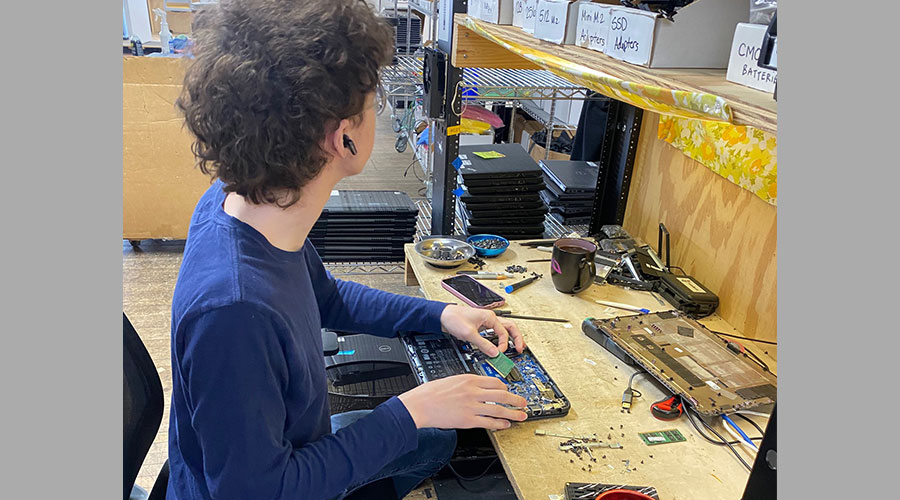How to Earn LEED Points with Sub-Metering
Sub-metering also can complement an organization's implementation of the Leadership in Energy and Environmental Design (LEED) rating system. Some states offer tax credits for new construction and renovation projects that use LEED certification as a basis for their design and construction. This step is becoming very attractive and is another potential source to offset additional construction and material costs associated with pursuing LEED certification.
In the latest version of LEED 2009 v3, sub-metering can help organizations achieve several potential LEED credits, including LEED Credit EAc5 Measurement and Verification. By installing strategically placed sub-meters to monitor specific loads within a LEED project, managers can provide ongoing accountability of energy use over time.
Considering the lifetime of a typical building is longer than 50 years, it seems obvious that even minor energy savings can be significant. During the performance life of a building, the potential long-term benefits of energy savings often can go unrealized because over time the staff changes, aging equipment gets replaced, and changing utility-rate structures alter the dynamics. So it is important to implement a measurement and verification plan that continuously monitors energy use to achieve and maintain optimal performance over the life of the building.
Sub-meters also can help organizations achieve other LEED credits, including:
- EAp1 Fundamental Commissioning
- EAp2 Minimum Energy Performance
- EAc1 Optimized Energy Performance
- EAc3 Enhanced Commissioning.
The benefits of sub-metering do not end there. The products are electronic and have no moving parts, so technicians have nothing to maintain. Today's products also are manufactured for reliable operation in demanding environments.
Also, the products are easy to specify and install, can handle the diverse and changing needs of commercial and institutional buildings, and come with accuracy certifications, unique reporting, and analysis and integration capabilities.
Finally, they are cost-effective, and the resulting energy savings more than compensate for their initial cost.
David Rosenberger is a project manager at Sparling, an electrical engineering and technology consulting firm with offices in San Diego, Seattle, and Portland.
Related Topics:













